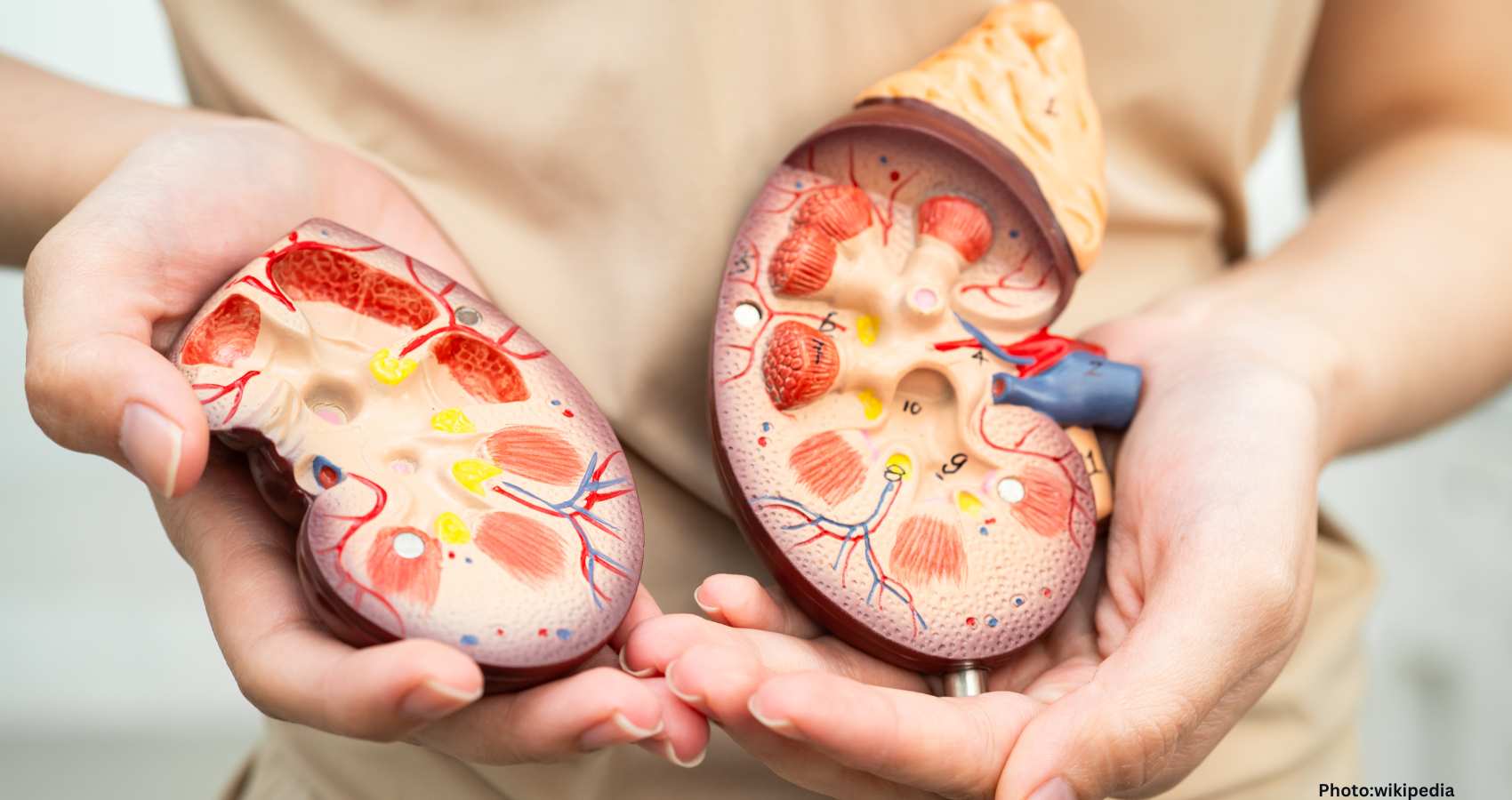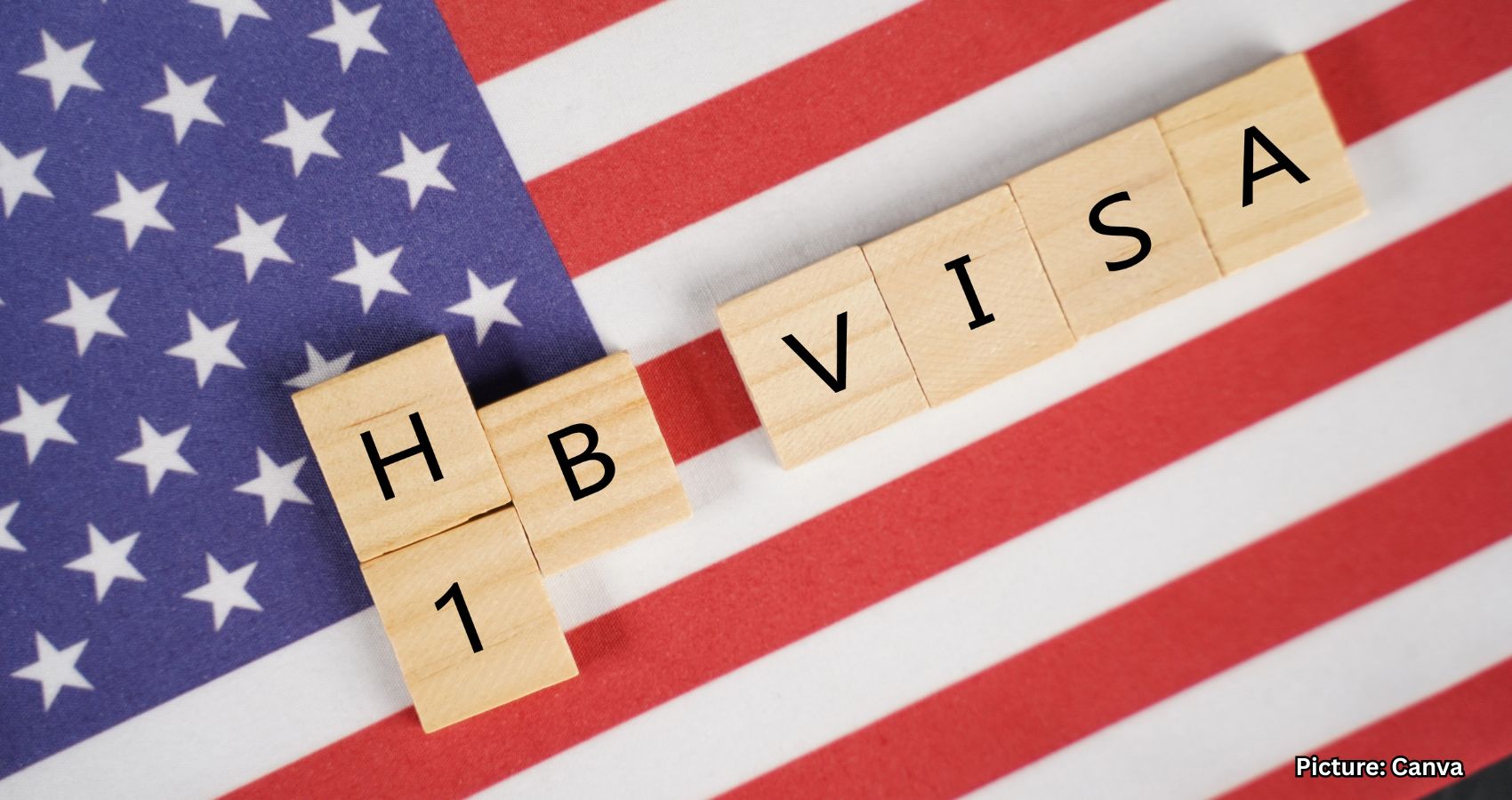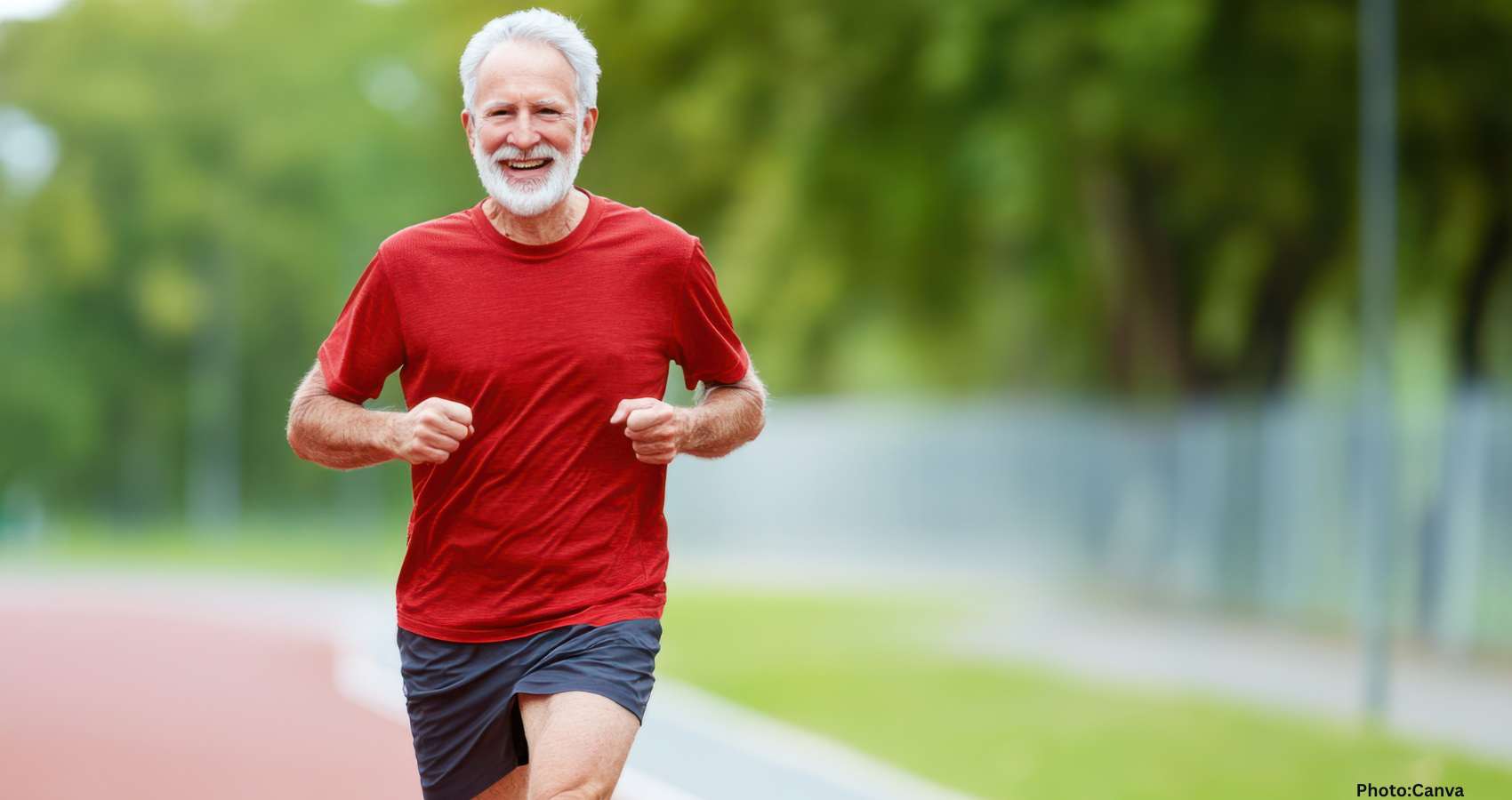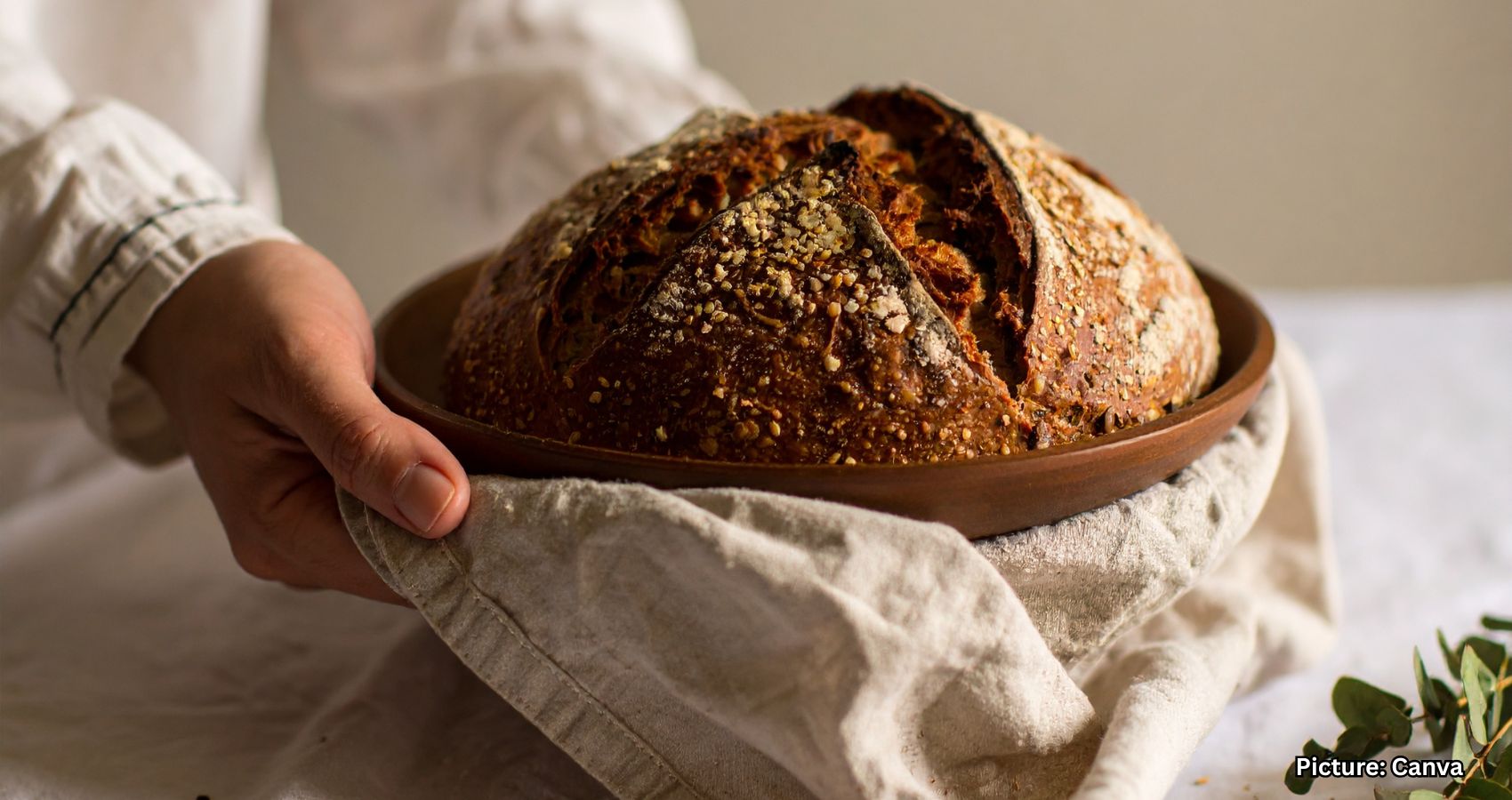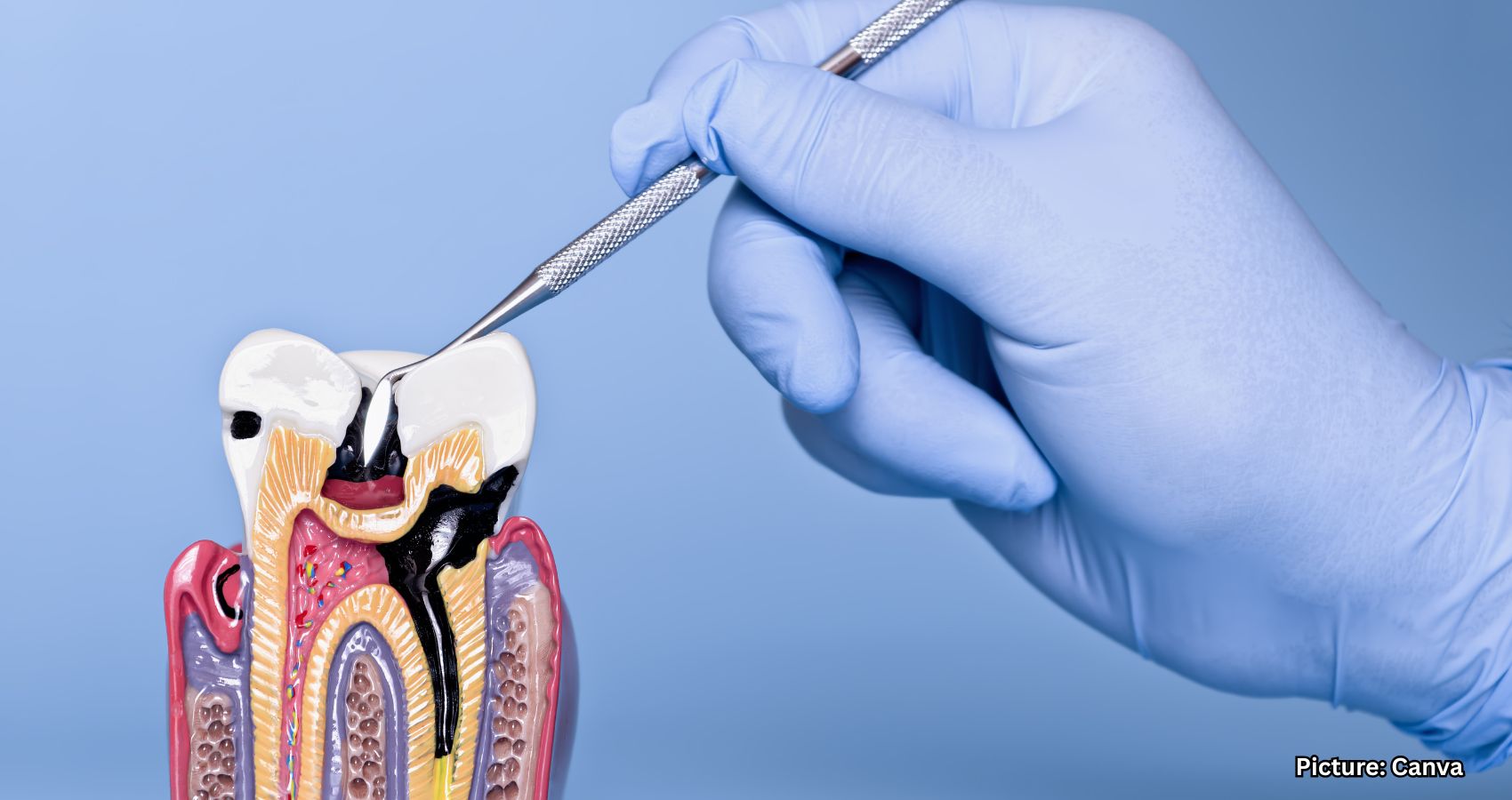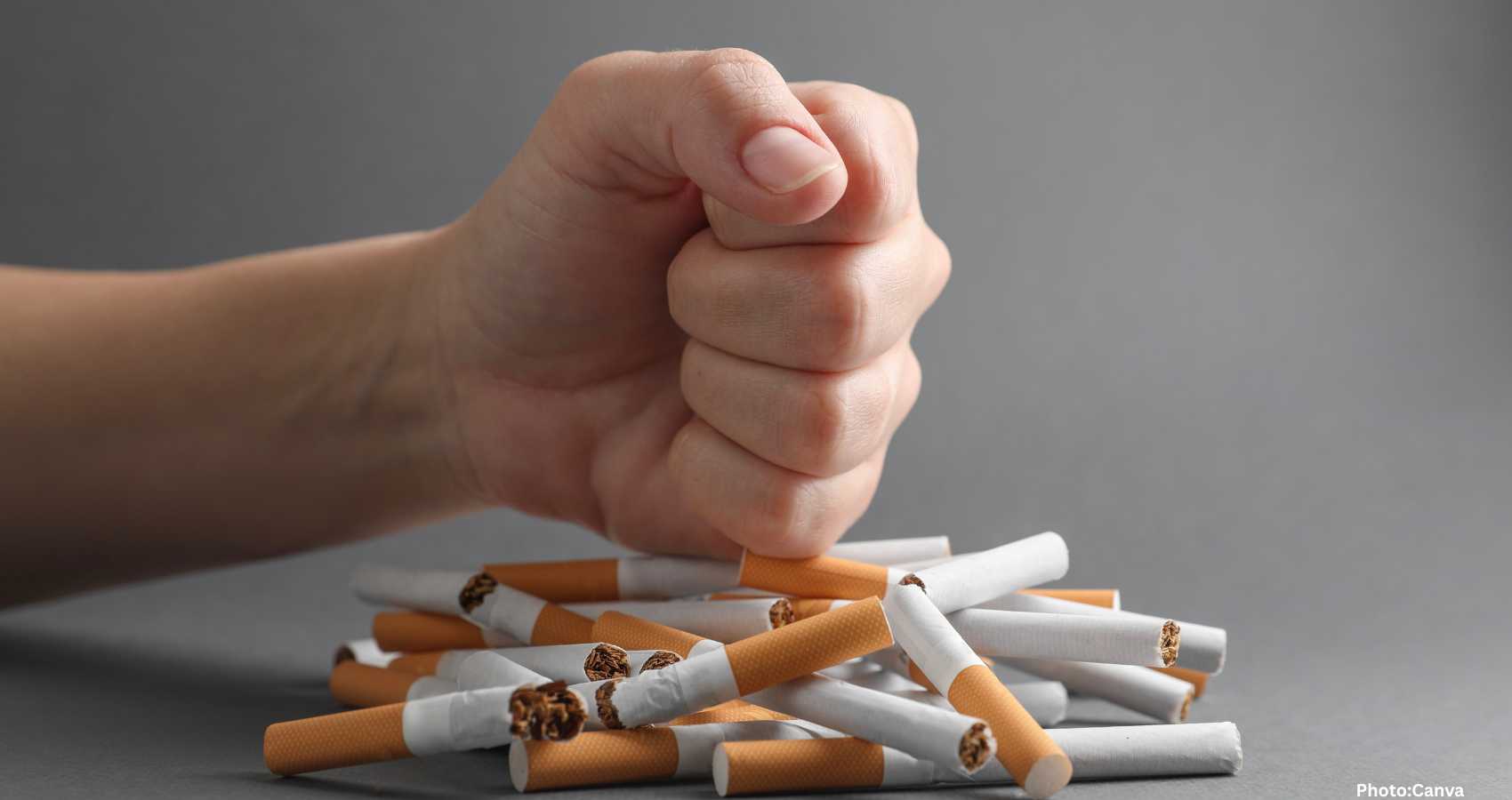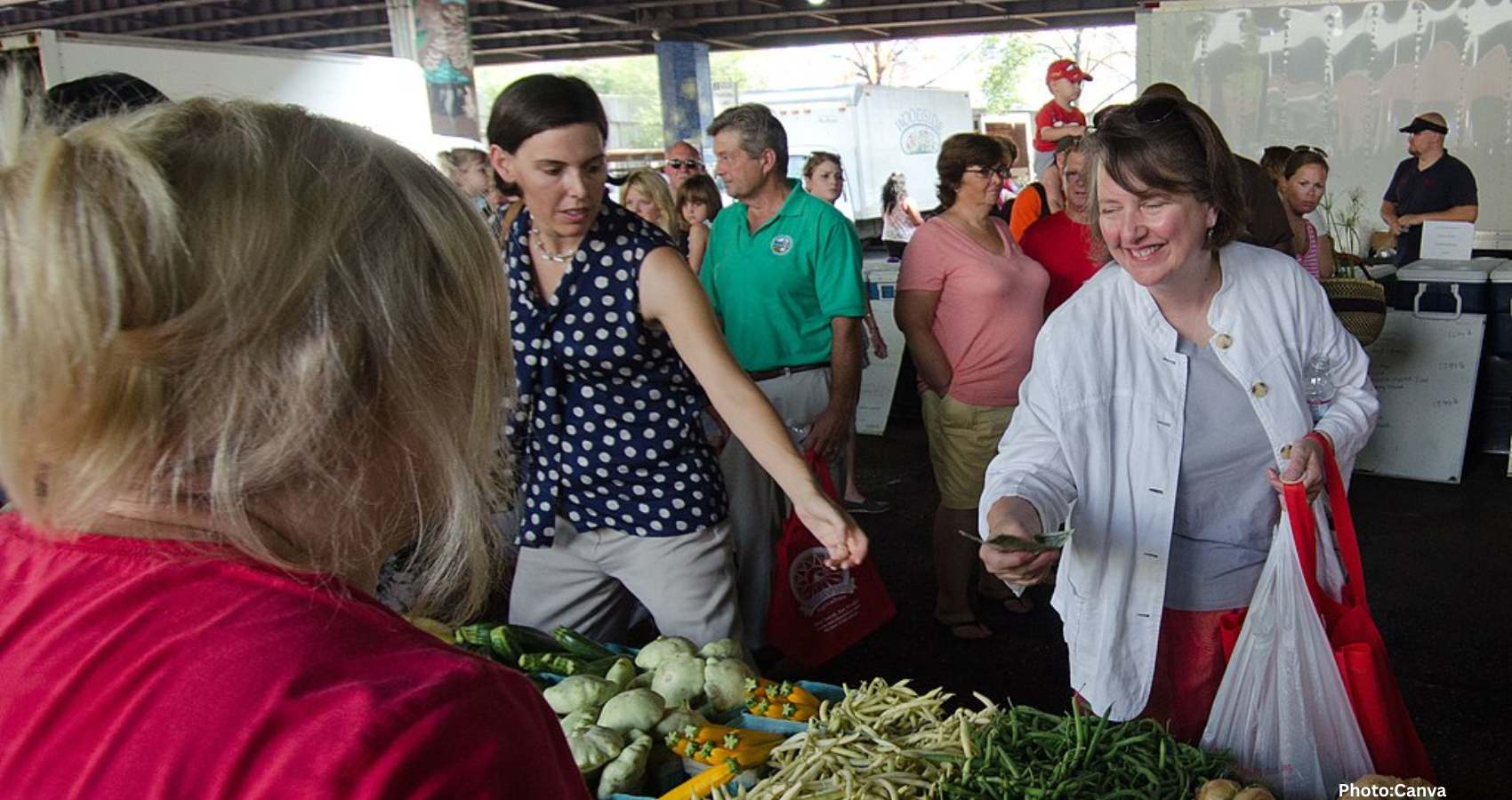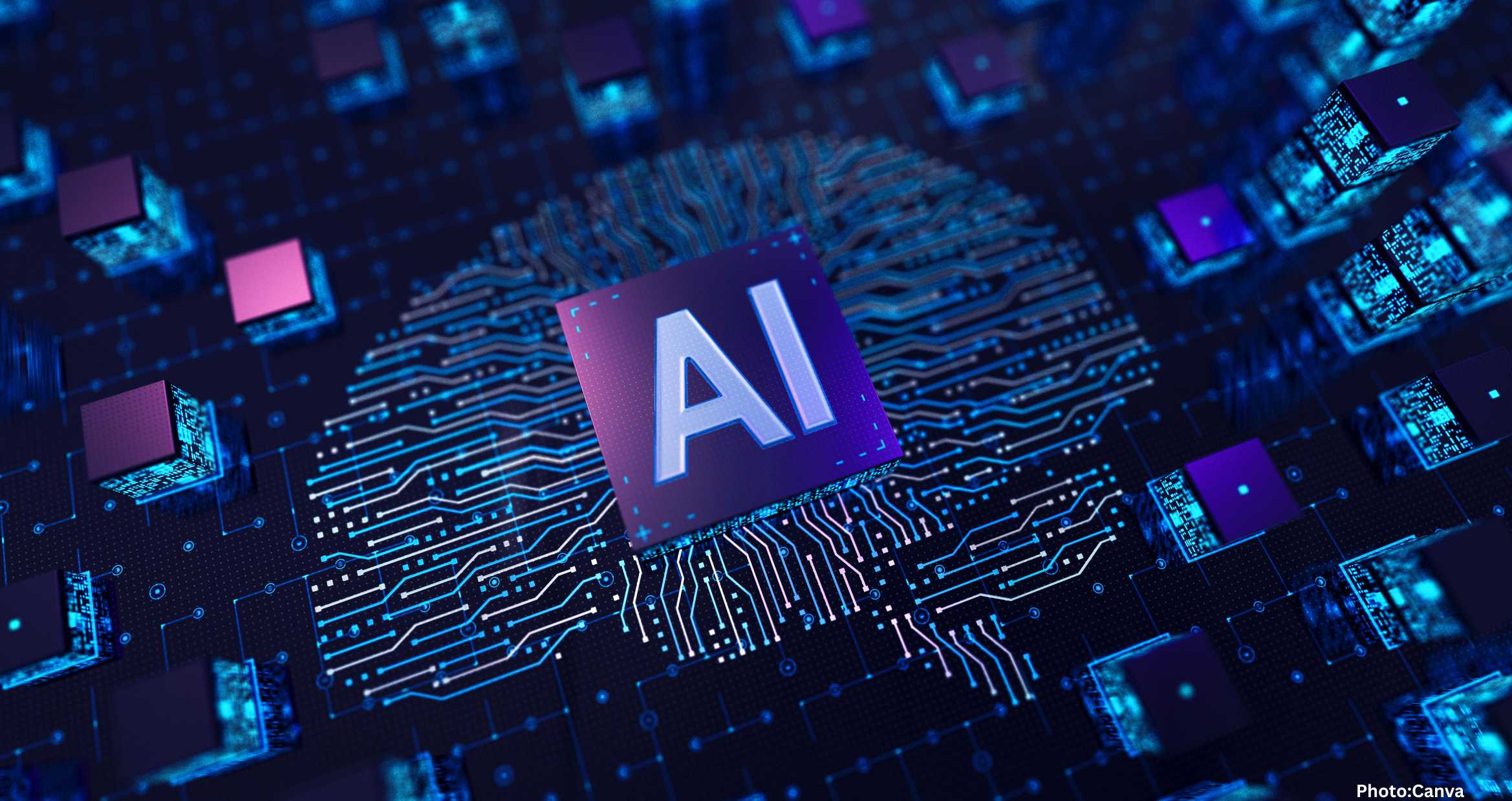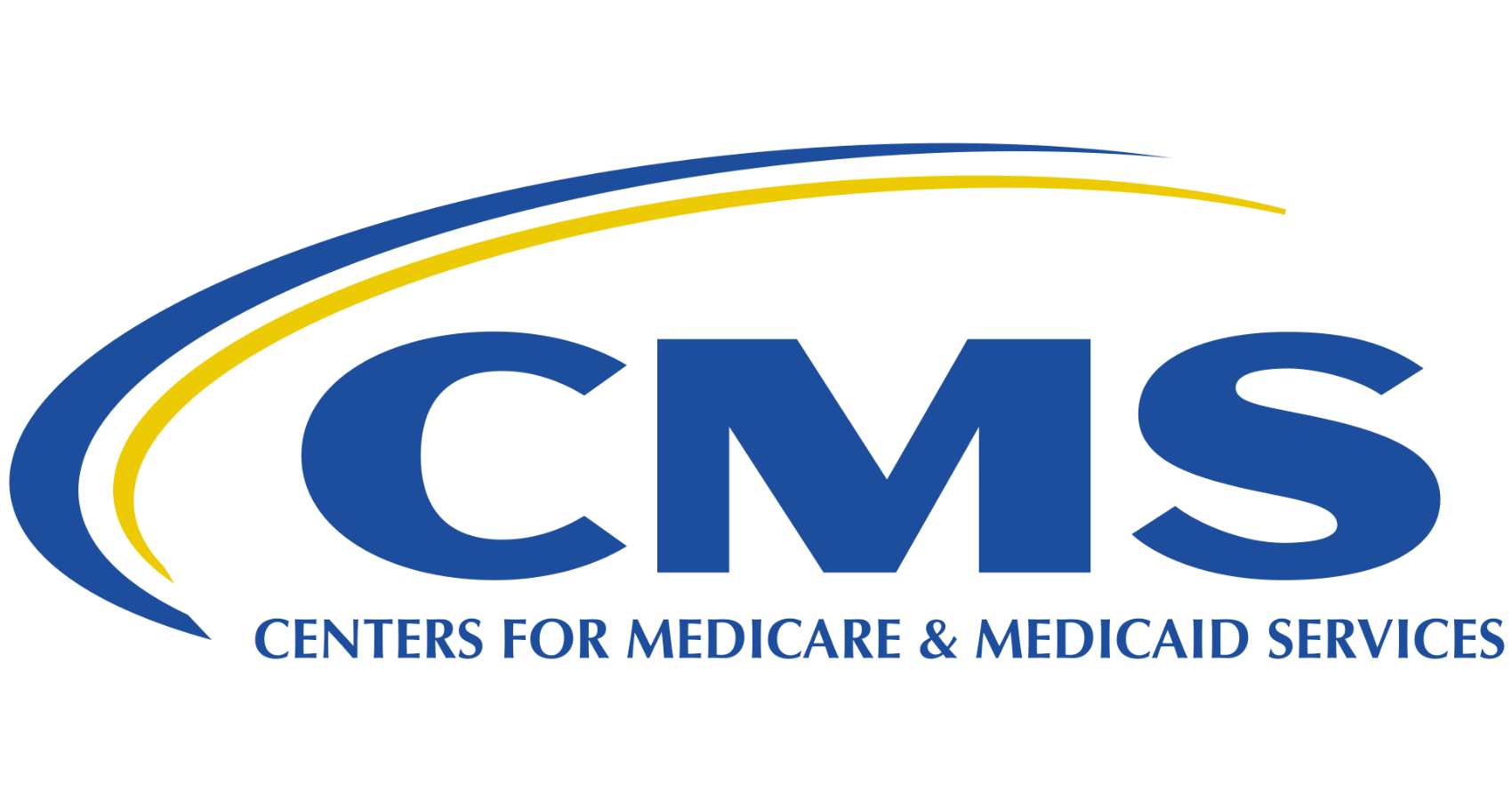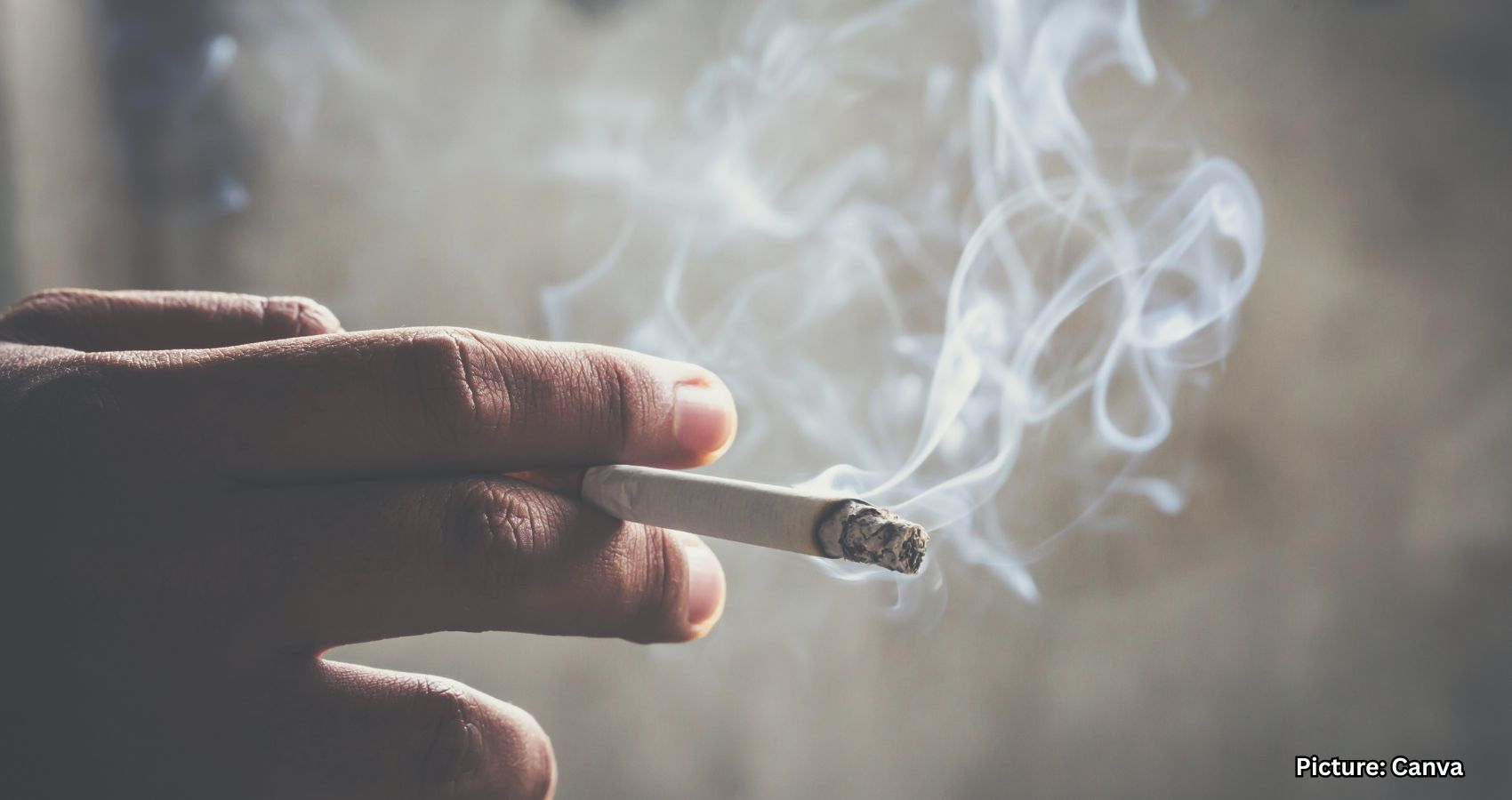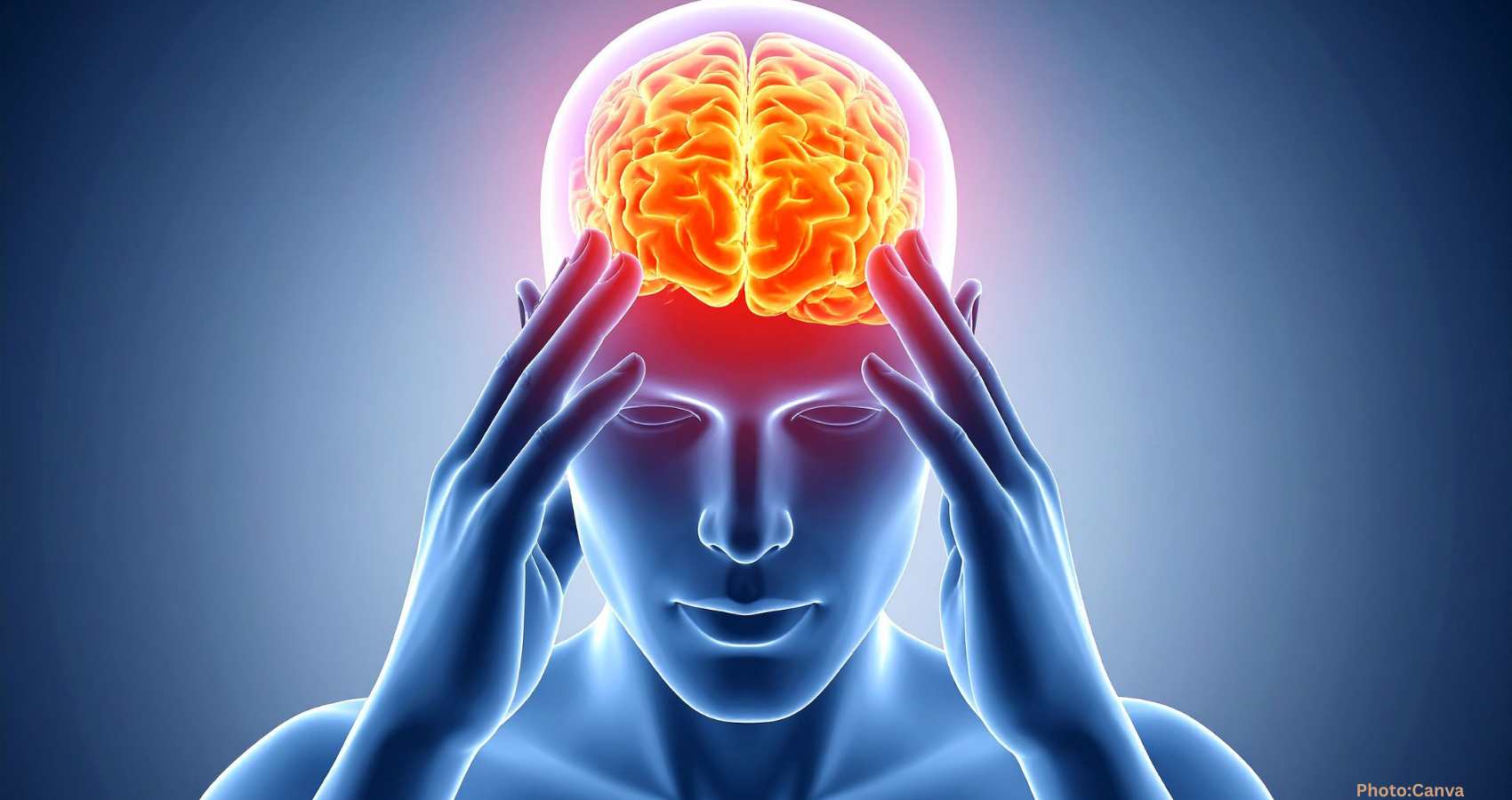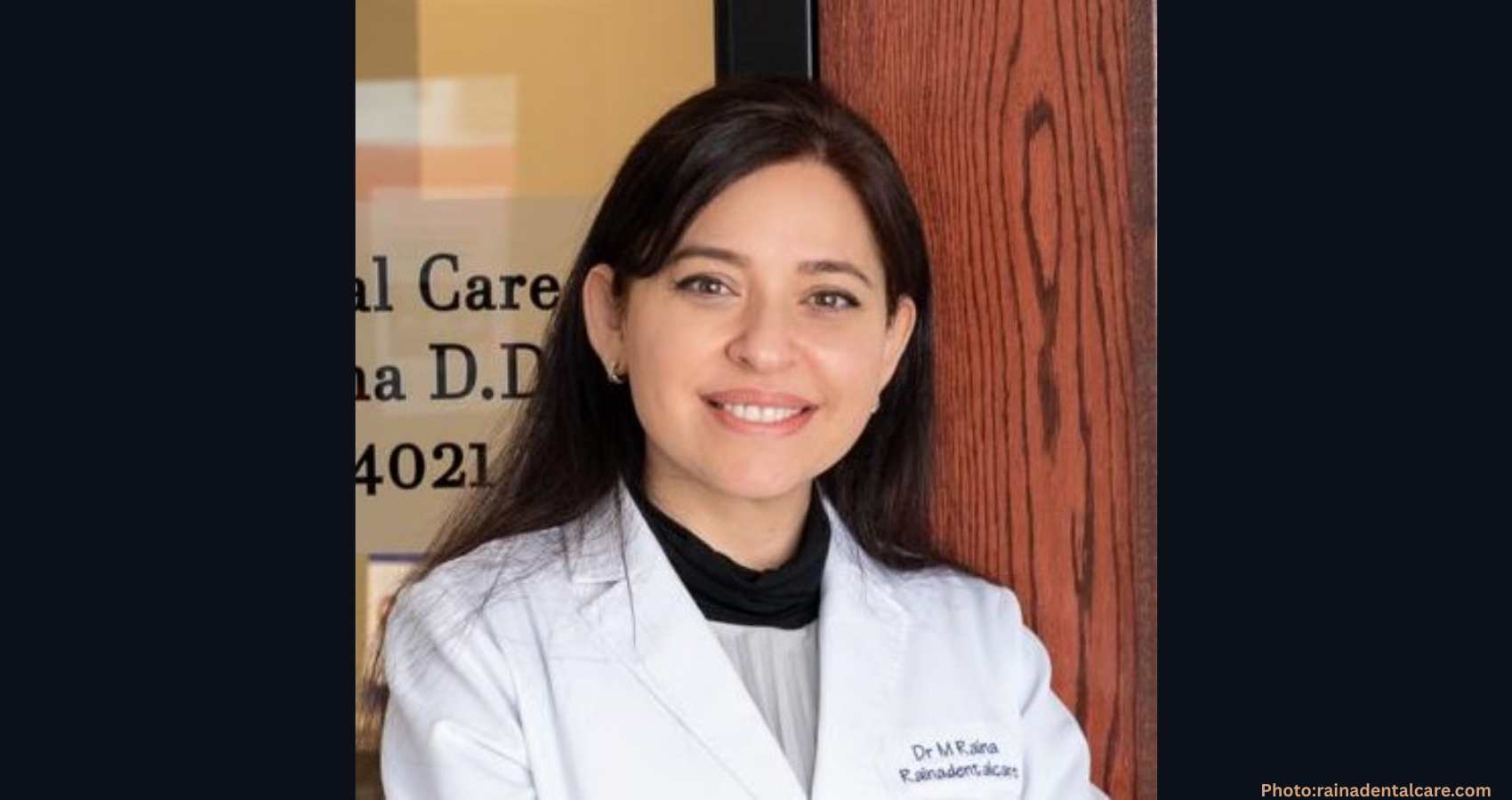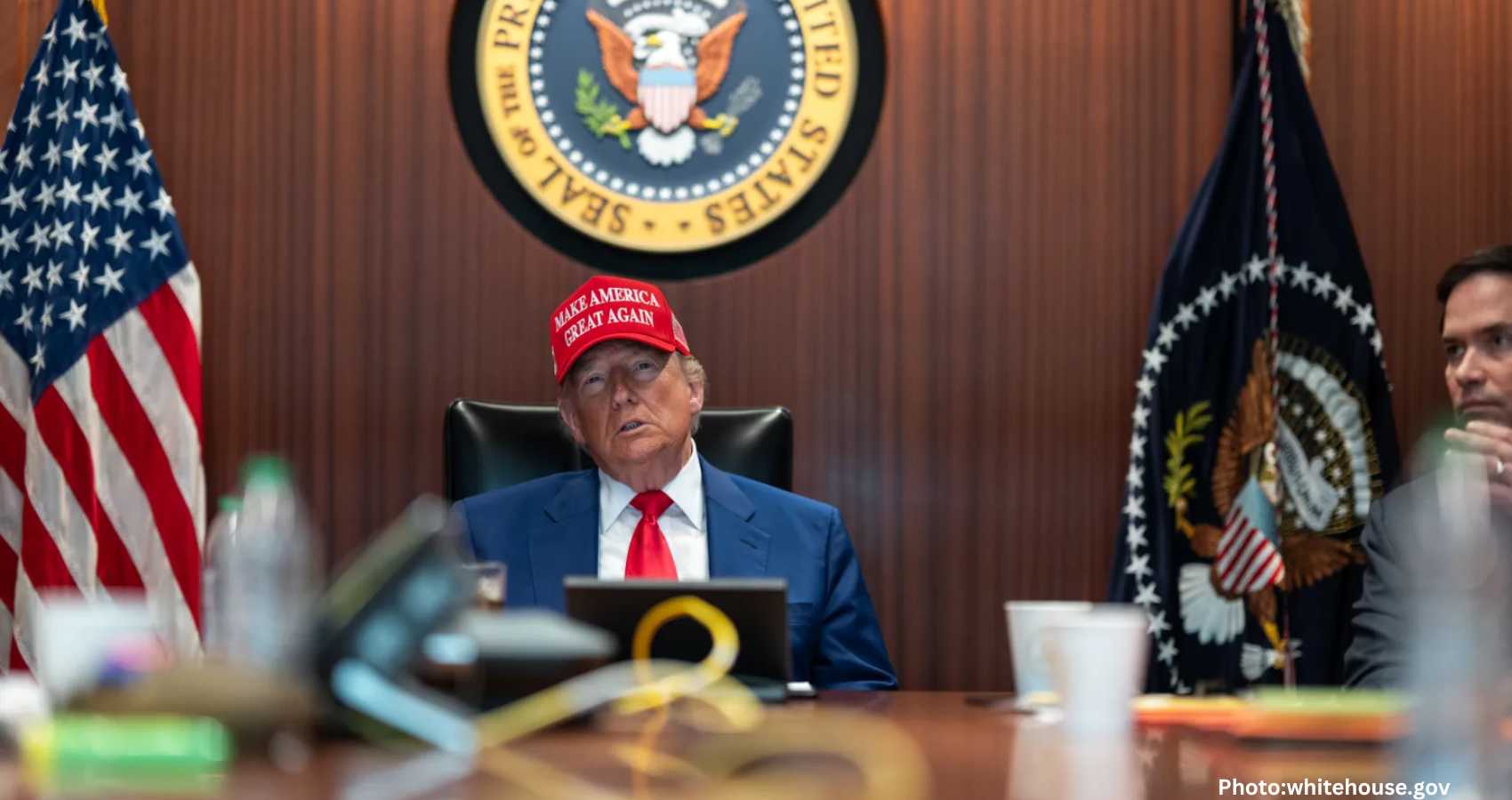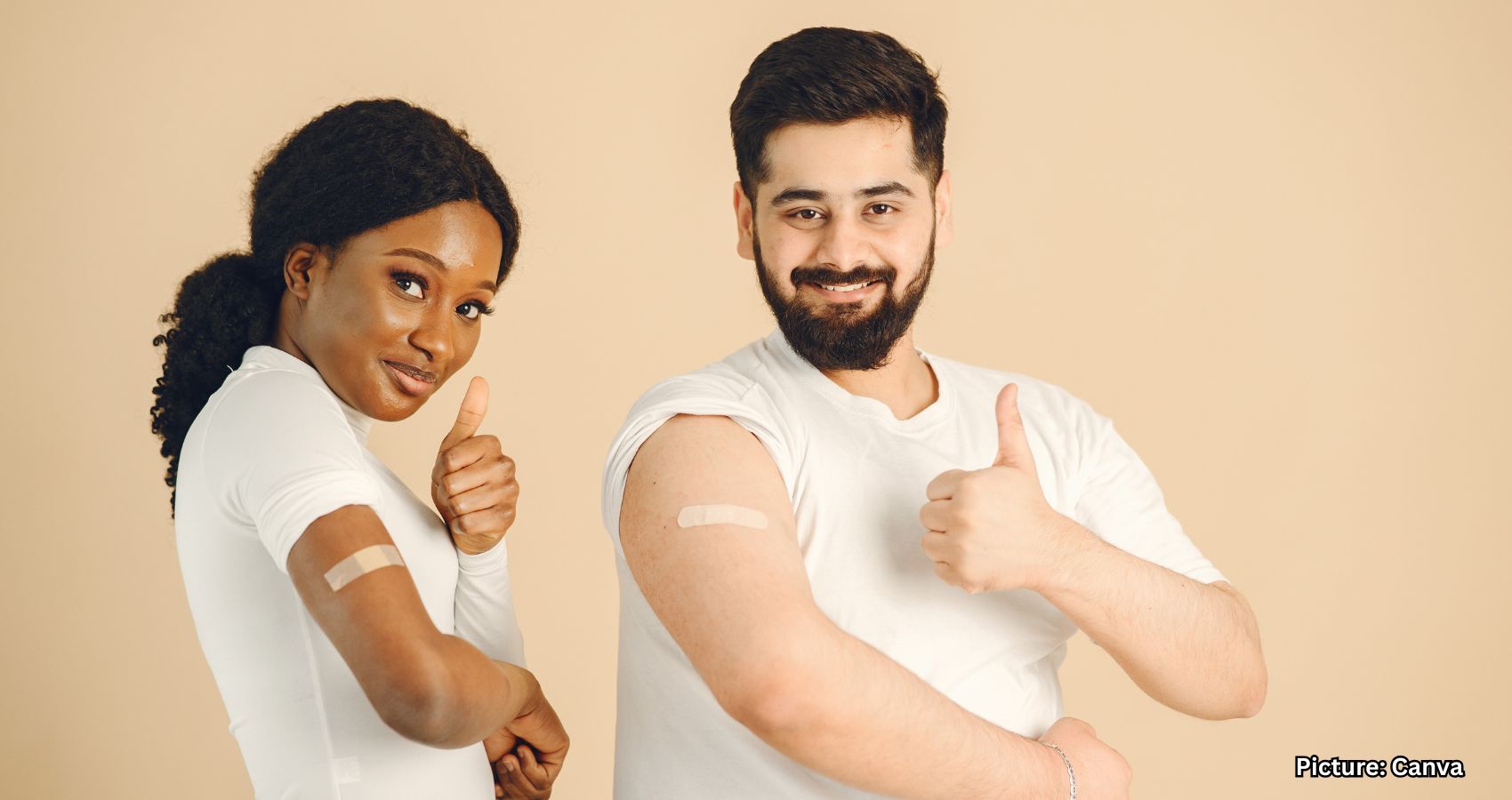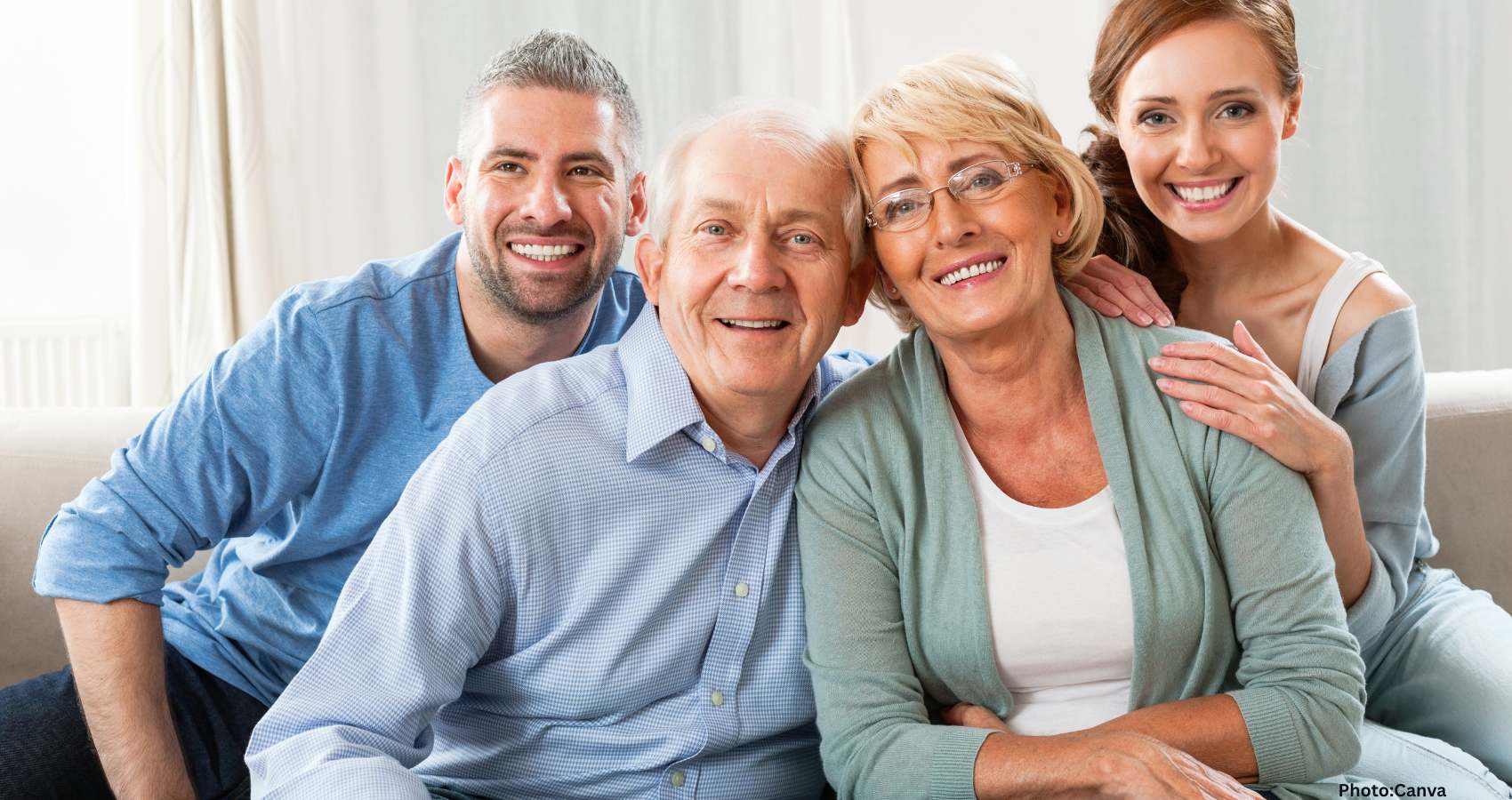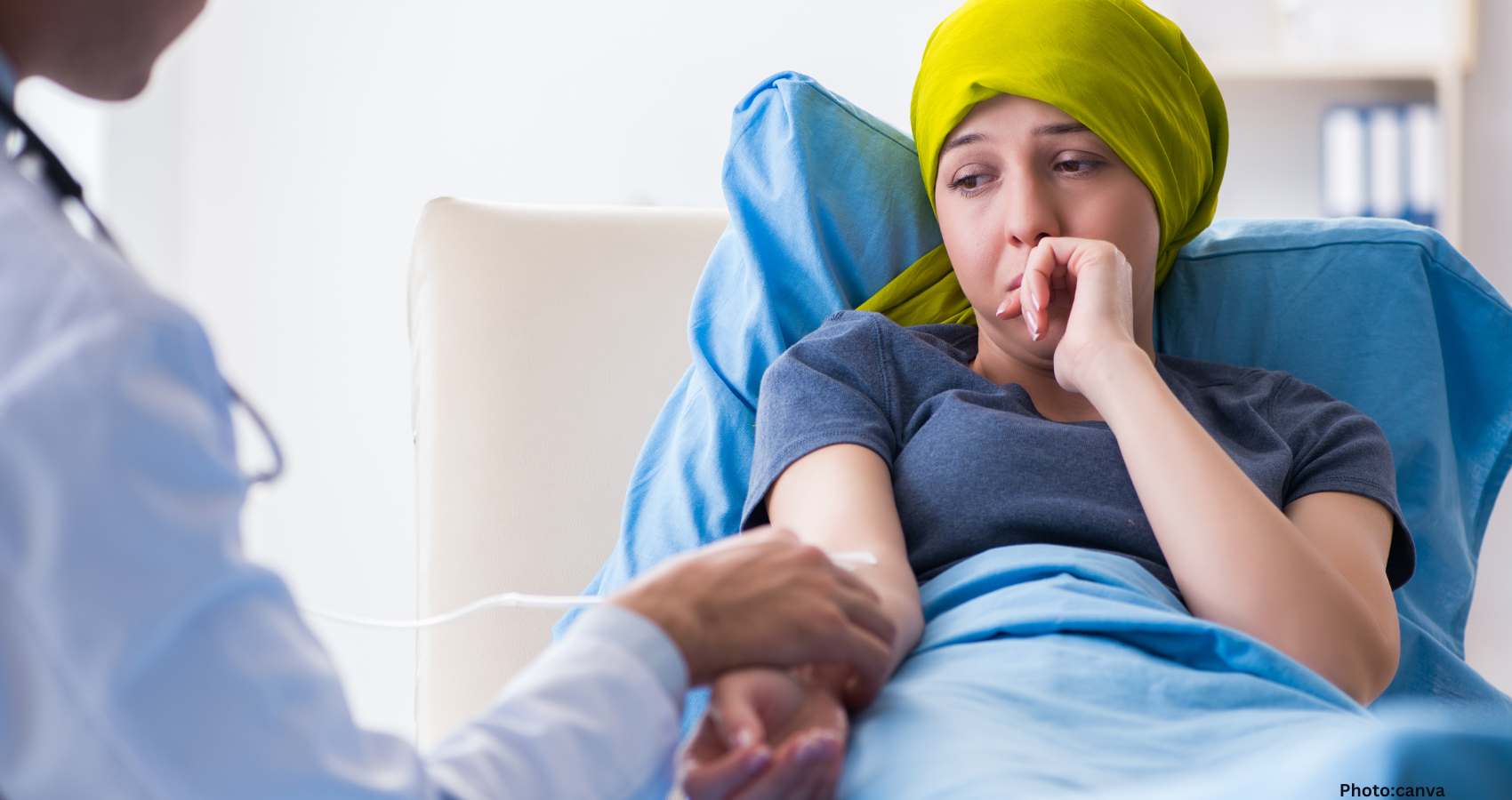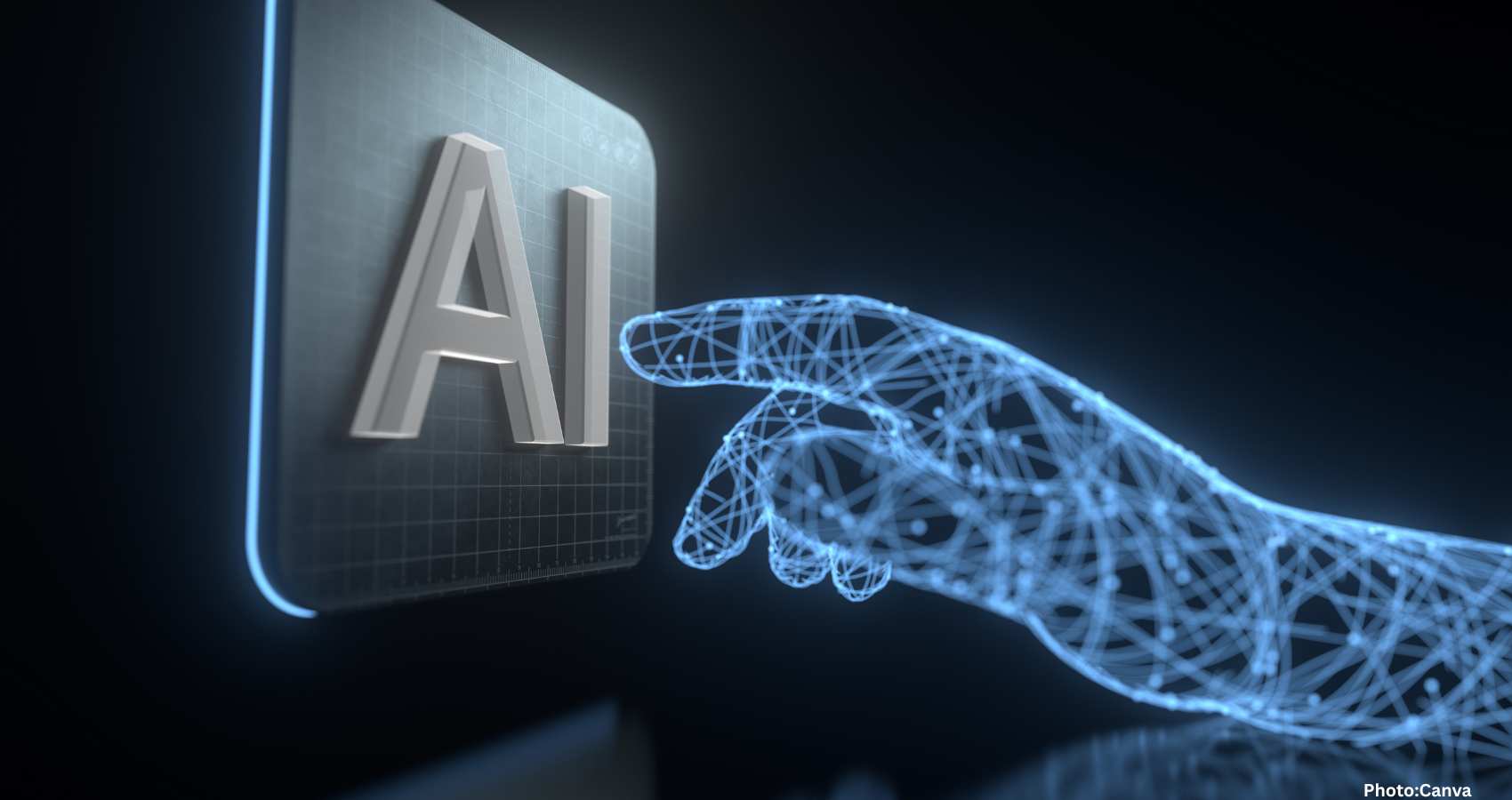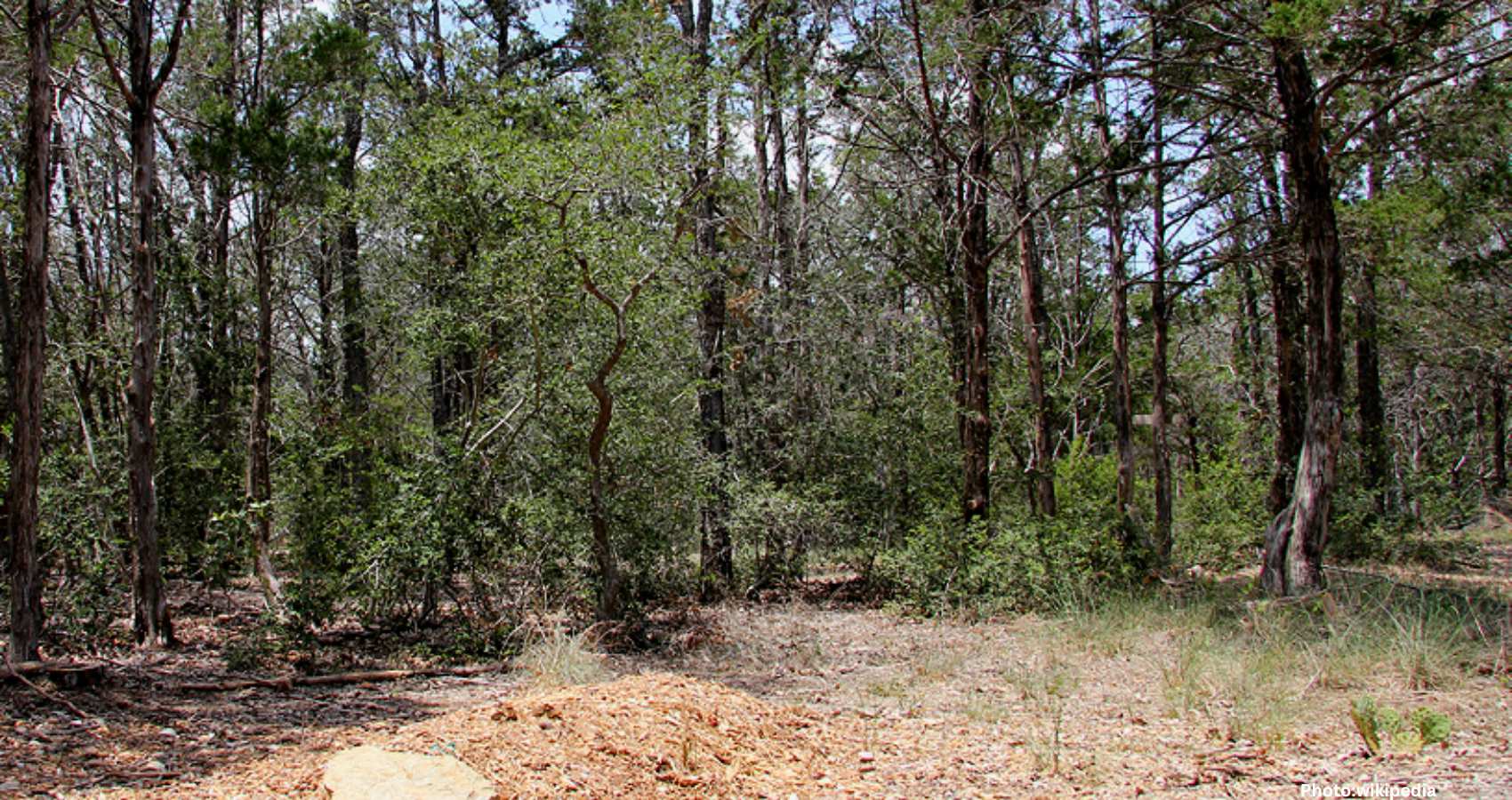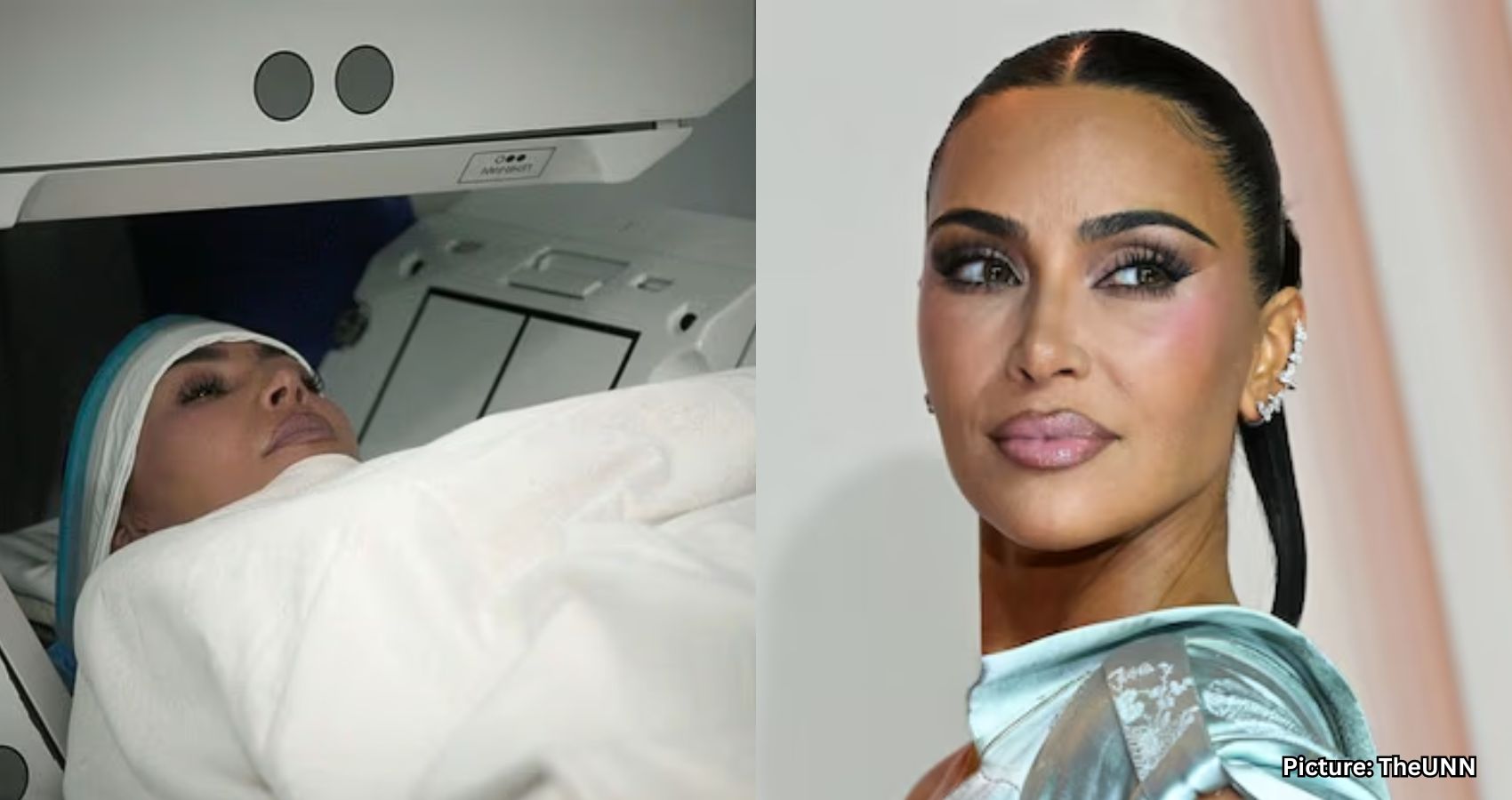Health experts express concern that a resurgence of smoking in pop culture could reverse decades of progress in reducing tobacco use among youth, particularly as Gen Z shows record low smoking rates.
Despite a significant decline in smoking rates among teenagers, health experts warn that a revival of smoking in pop culture may jeopardize this progress. According to data from the CDC and FDA, Gen Z—comprising mainly middle- and high-school students—reported the lowest smoking rates on record in 2024, with overall smoking in the U.S. dropping to about 11.9% of the population.
Dr. Neil W. Schluger, dean of the School of Medicine at New York Medical College and a pulmonologist, described the decline in smoking as a major public health success over the past two decades. However, he cautioned that the “cool factor” associated with smoking could attract a new generation to tobacco use.
Reports indicate a movement within certain demographics to re-glamorize cigarette smoking. For instance, the Instagram account @Cigfluencers showcases celebrities smoking, boasting over 83,000 followers. One post featuring actress Sabrina Carpenter included the caption, “SMOKING HOT!” suggesting that smoking is equated with attractiveness.
Other celebrities featured on the account include Ben Affleck, Jeremy Allen White, and Natalie Portman, all of whom have been open about their cigarette use. Judith J. Prochaska, Ph.D., a professor at Stanford University, noted that influencers can be swayed by marketing dollars, making them particularly effective in attracting younger audiences through popular social media channels.
Research shows that adolescents and young adults exposed to smoking-related content are more likely to start using tobacco products. This risk is heightened when they engage with tobacco content on social media platforms. Robin Koval, CEO and President of the Truth Initiative, emphasized the confusion this creates for young people, who may perceive smoking as more prevalent than it actually is.
A recent opinion piece in The BMJ highlighted the “pop-culture revival” of smoking as an unwelcome trend for public health. The article warned that this normalization of smoking is rekindling harmful associations between cigarettes and coolness, particularly affecting young people.
In the mid- to late-1990s, approximately one-third of high school students smoked cigarettes. Today, that figure has plummeted to less than 3%, according to the American Lung Association. However, Dr. Daniel J. Boffa, vice chair of the American College of Surgeons Commission on Cancer, noted that tracking trends among youth is challenging due to their limited participation in surveys and rapidly changing behaviors.
While tobacco smoking rates among Gen Z appear lower than in previous generations, Boffa pointed out that around 8% of Gen Z teens are using e-cigarettes. The long-term effects of e-cigarettes remain uncertain, and some young adults may transition from vaping to smoking traditional tobacco products.
The rise of vaping, particularly since 2019, has been attributed to brands like JUUL, which gained popularity among youth due to its high nicotine delivery, discreet design, and appealing flavors. Prochaska noted that e-cigarette use is also increasing among young adults as adolescents age into this demographic.
Over 90% of long-term smokers began smoking before the age of 18, highlighting the importance of addressing tobacco use among teenagers and young adults. Boffa warned that the severe health consequences of smoking often do not manifest until decades later, making it easier for young people to dismiss the risks.
Smoking can lead to significant health issues, including chronic obstructive pulmonary disease (COPD), various cancers, and cardiovascular diseases. According to the Mayo Clinic, the inhalation of combusted tobacco and paper damages the tiny air sacs in the lungs, which are essential for gas exchange. This damage can have long-lasting effects on respiratory health.
Moreover, smoking is linked to an increased risk of oral health problems, complications during pregnancy, sexual dysfunction, and mental health issues. The FDA also identifies smoking as a risk factor for coronary artery disease, aortic aneurysms, peripheral vascular disease, heart attacks, and strokes.
Dr. Schluger emphasized the importance of maintaining the progress made in reducing tobacco use in the U.S. He advocates for measures such as banning smoking in public places, raising tobacco taxes, increasing funding for cessation programs, and enforcing stricter regulations on advertising and sales to minors.
As pop culture continues to influence perceptions of smoking, experts urge vigilance to prevent a reversal of the hard-won gains in public health.
Source: Original article



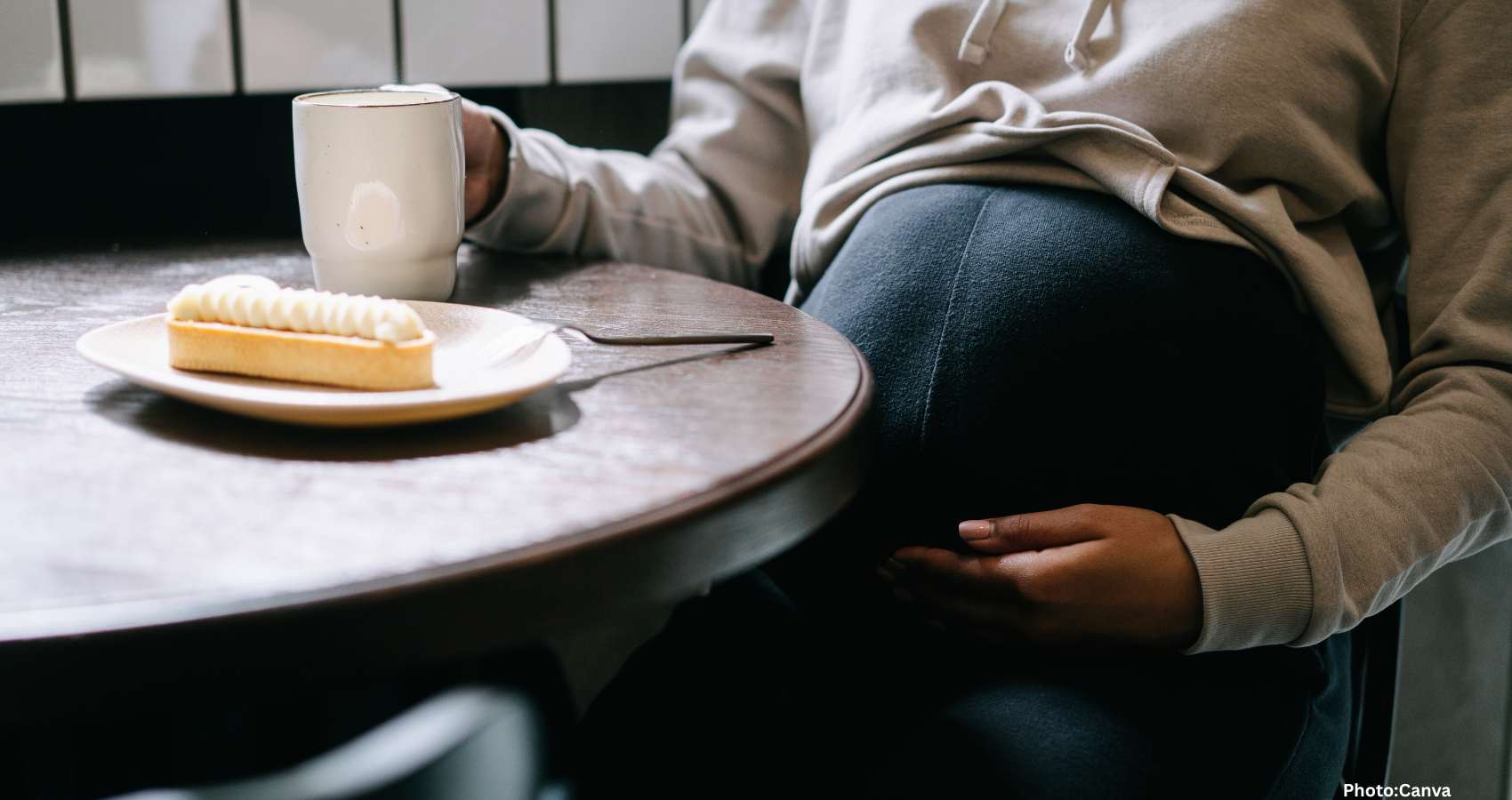

 The American Association of Physicians of Indian Origin (AAPI) is set to host its 19th Annual Global Health Summit (GHS) in Bhubaneswar, Odisha, from January 9 to 11, 2026. This landmark event, drawing hundreds of physicians, researchers, and policymakers from across the globe, will serve as a pivotal forum to address India’s most urgent health challenges: Tuberculosis (TB), Diabetes, the integration of Ayurveda with modern medicine, and the adoption of cutting-edge health technology.
The American Association of Physicians of Indian Origin (AAPI) is set to host its 19th Annual Global Health Summit (GHS) in Bhubaneswar, Odisha, from January 9 to 11, 2026. This landmark event, drawing hundreds of physicians, researchers, and policymakers from across the globe, will serve as a pivotal forum to address India’s most urgent health challenges: Tuberculosis (TB), Diabetes, the integration of Ayurveda with modern medicine, and the adoption of cutting-edge health technology.









